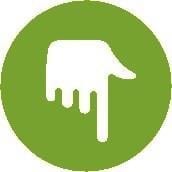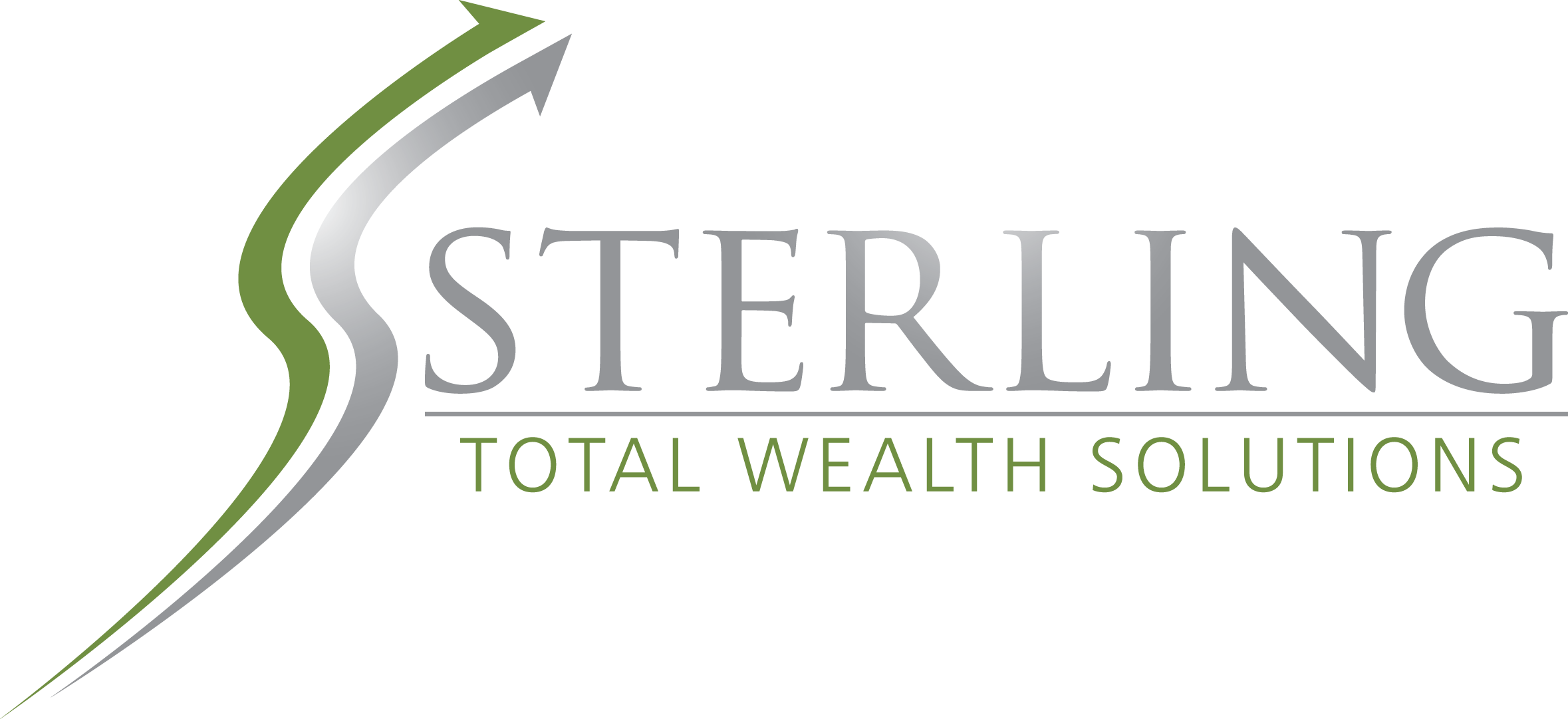In this month’s recap: Stocks prices surged in August as investors cheered positive news of a potential COVID-19 treatment and welcomed a month-long succession of upbeat economic data.
Monthly Economic Update
Monthly Economic Update | Presented by Sterling Total Wealth Solutions | September 2020
Stock prices surged in August as investors cheered positive news of a potential COVID-19 treatment and welcomed a month-long succession of upbeat economic data.
The Dow Jones Industrial Average rose 7.57 percent, the Standard & Poor’s 500 Index climbed 7.01 percent, and the Nasdaq Composite soared 9.59 percent.1
Solid Foundation
The month’s foundation was set by a series of strong economic reports, including an increase in manufacturing activity, better-than-anticipated factory orders, and a lessening of new jobless claims.2,3,4
Notching Highs
The S&P 500 index finally broke through resistance, ending the third week of August at a record high and completing the fastest bear market recovery in history. The Nasdaq Composite, having set multiple record highs during the same week, also ended the month at a record high.5,6
Strong Close to the Month
The final full week of trading was remarkable. Investors were encouraged by news of a potential COVID-19 treatment and a report suggesting U.S. and China negotiators had met to discuss trade issues. Stocks pushed higher still following announcement of the Fed’s inflation policy shift, suggesting that interest rates may remain low for longer than expected.
Sector Scorecard
The majority of industry sectors closed higher in August, with gains in Communication Services (+12.02 percent), Consumer Discretionary (+11.48 percent), Consumer Staples (+4.95 percent), Financials (+5.62 percent), Health Care (+2.11 percent), Industrials (+9.98 percent), Materials (+4.89 percent), Real Estate (+1.81 percent), and Technology (+16.62 percent). Energy (-1.27 percent) and Utilities (-2.28 percent) lost ground.7
What Investors May Be Talking About in September
The election season is moving into high gear as November draws near. Will uncertainty about the elections be reflected in the stock market?
Since 1992, the S&P 500 has lost an average of 2 percent in the three months leading up to the presidential election but has been higher 43 percent of the time.8
Keep in mind that the 2 percent average includes the 20 percent drop prior to the 2008 election that was the result of the ongoing credit crisis.9
While past performance is no guarantee of future results, the lesson may be evident: Prepare for some short-term volatility, without losing sight of your overall investment strategy.
Markets overseas generally trended higher with the MSCI-EAFE Index rising 4.98 percent in August.10
European markets rose in hopes of a COVID-19 vaccine and another round of economic stimulus. Major markets ended higher, with France gaining 3.42 percent and Germany advancing 5.13 percent. The U.K. lagged a bit, tacking on just 0.70 percent.11
Pacific Rim stocks turned higher, with Australia picking up 2.24 percent and Hong Kong climbing 2.37 percent. Japan had a strong showing, adding 6.59 percent.12
Indicators
Gross Domestic Product: Second-quarter GDP contraction was revised from 32.9 percent to 31.7 percent.13
Employment: The labor market continued to improve, albeit at a slower pace. Employers added 1.8 million jobs in July, and the unemployment rate fell to 10.2 percent.14
Retail Sales: Consumer spending rose a lower-than-expected 1.2 percent in July. Slower sales of electronics and appliances were offset by an increase in restaurant and bar sales.15
Industrial Production: Output by the nation’s manufacturers, miners, and utilities rose 3.0 percent. To put that number in perspective, industrial production hit 8.4 percent in February.16
Housing: Housing starts surged in July, increasing by 22.6 percent.17
Existing home sales soared 24.7 percent, representing the biggest monthly gain since 1968, when tracking of existing home sales began.18
New home sales jumped by 13.9 percent, reaching their highest level in over 13 years.19
Consumer Price Index: Prices of consumer goods rose 0.6 percent in July, with gasoline prices contributing to the increase.20
Durable Goods Orders: Orders for products designed to last three years or longer gained 11.3 percent, rising for the third consecutive month, as defense aircraft and motor vehicle orders led the way.21
TIP OF THE MONTH

If you have a son or daughter graduating from college next year, remind them to try and build an emergency fund. Those with the least seniority can be the first to be laid off in the workplace, and sometimes that first job after college doesn’t work out.
Minutes from July’s meeting were released on August 19.
The Federal Open Market Committee (FOMC) appeared to favor more monetary accommodation, though Fed officials were unclear as to the timing or triggers for taking further policy action.
In a prepared statement, the FOMC said, “The path of the economy would depend significantly on the course of the virus.”
In addition, FOMC members believe that the “…ongoing public health crisis would weigh heavily on economic activity, employment, and inflation in the near term…” causing members to maintain the target range for the federal funds rate at 0 to ¼ percent.22
| MARKET INDEX | Y-T-D CHANGE | August 2020 |
| DJIA | -0.38% | 7.57% |
| NASDAQ | 31.24% | 9.59% |
| S&P 500 | 8.34% | 7.01% |
| BOND YIELD | Y-T-D | August 2020 |
| 10 YR TREASURY | -1.23% | 0.69% |
Sources: Yahoo Finance, August 31, 2020
The market indexes discussed are unmanaged and generally considered representative of their respective markets. Individuals cannot directly invest in unmanaged indexes. Past performance does not guarantee future results. U.S. Treasury Notes are guaranteed by the federal government as to the timely payment of principal and interest. However, if you sell a Treasury Note prior to maturity, it may be worth more or less than the original price paid.
QUOTE OF THE MONTH

“You’ve got to get up every morning with determination if you are going to go to bed with satisfaction.”
GEORGE LORIMER
THE MONTHLY RIDDLE

Sally promised Kate today that she will tell Kate a big secret on the day before four days from the day after tomorrow. If today is Saturday the 13th, on what day and date will Sally tell Kate her big secret?
LAST MONTH’S RIDDLE: How is it possible to name three consecutive days without using the words Monday, Tuesday, Wednesday, Thursday, Friday, Saturday, or Sunday?
ANSWER: Yesterday, today, and tomorrow.
Securities offered through Registered Representatives of Cambridge Investment Research, Inc., a Broker/Dealer, Member FINRA/SIPC. Advisory services offered through Cambridge Investment Research Advisors, Inc., a Registered Investment Advisor. Sterling Total Wealth Solutions and Cambridge are not affiliated.
To learn more about Sterling Total Wealth Solutions, visit us on the web at www.sterlingtotalwealthsolutions.com
Know someone who could use information like this? Please feel free send us their contact information via phone or email. (Don’t worry – we’ll request their permission before adding them to our mailing list.)
- The Wall Street Journal, August 31, 2020
- Barrons.com, August 6, 2020
- MarketWatch, August 3, 2020
- MarketWatch, August 27, 2020
- The Wall Street Journal, August 18, 2020
- The Wall Street Journal, August 31, 2020
- FastSet Research, August 31, 2020
- CNBC.com, August 10, 2020
- CNBC.com, August 10, 2020
- MSCI.com, August 31, 2020
- MSCI.com, August 31, 2020
- MSCI.com, August 31, 2020
- CNBC.com, August 27, 2020
- The Wall Street Journal, August 7, 2020
- CNBC.com, August 14, 2020
- APNews.com, August 14, 2020
- CNBC.com, August 18, 2020
- The Wall Street Journal, August 21, 2020
- FoxBusiness.com, August 25, 2020
- The Wall Street Journal, August 12, 2020
- The Wall Street Journal, August 26, 2020
- The Wall Street Journal, August 19, 2020
